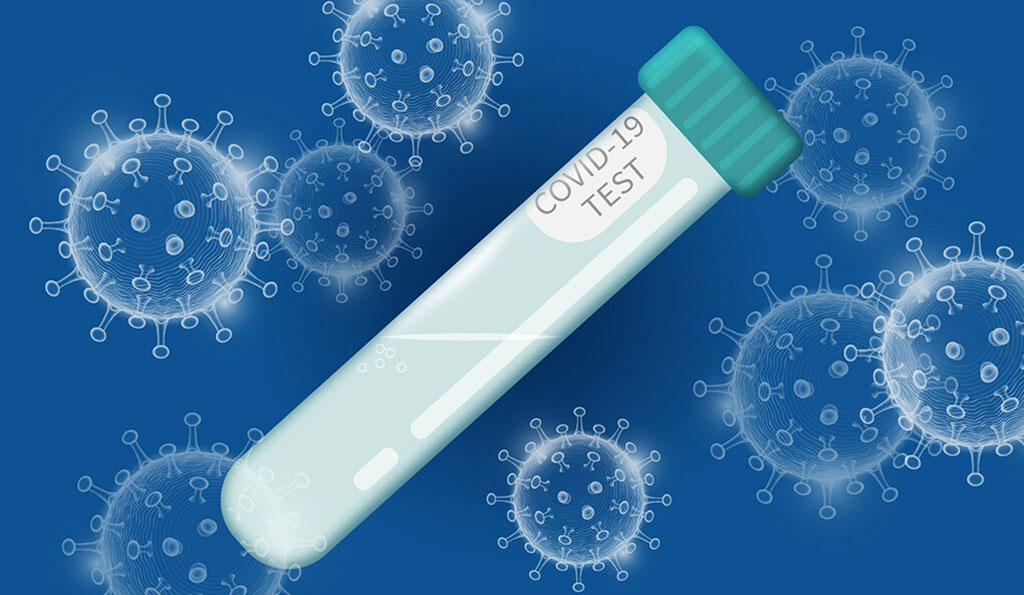Pooled Saliva Testing for COVID-19 Could Expand SARS-CoV-2 Testing Capacity
By LabMedica International staff writers
Posted on 21 Apr 2021
A new study supports the expansion of SARS-CoV-2 testing capacity by pooling saliva samples, an approach that can provide cost benefits to laboratories.Posted on 21 Apr 2021
Researchers at the Yale School of Public Health (New Haven, CT, USA) analyzed the sensitivity of different numbers of saliva samples pooled together and found that although test sensitivity decreases, the pooled method may provide a more cost-effective method for SARS-CoV-2 testing. When conducting pooled testing, a negative result for an entire pool would indicate that all samples were below the limit of detection, but a positive result for the pool would lead to individual retesting of all samples.

Illustration
Throughout the pandemic, the use of nasopharyngeal swabs as the standard testing method has presented both a logistical barrier - as they must be collected by trained personnel - but also a supply chain issue, since testing reagents and swabs are in low supply in certain areas. SalivaDirect, a set of open-source testing protocols developed at the School of Public Health which has been issued an Emergency Use Authorization from the US Food and Drug Administration, completely circumvents the complications of using nasopharyngeal swabs. Instead, it applies the RT-qPCR technique to saliva samples, driving down costs and decreasing stress on supply chains.
For their study, the researchers sought to go one step further in decreasing the cost of testing - pooling saliva samples in order to test multiple people simultaneously. The team used saliva collected from COVID-19 inpatients and at-risk healthcare workers. They then analyzed the saliva samples in pools of three different sizes - five, 10 and 20 samples per pool. They discovered that detection sensitivity, a test’s ability to designate an individual with disease as positive, decreased as pool size increased. With the pools of five samples, the sensitivity was reduced by 7.4%, as compared to testing on an individual sample. For 20-sample pools, there was a 14.8% reduction in this value. However, decreased sensitivity is expected with pooling samples, and the researchers concluded that this level of sensitivity could still be effective for accurate, large-scale screening of SARS-CoV-2.
The researchers also pointed out that the lower per-person cost of pooled testing may allow for more frequent testing, and thus a lower probability of two repeated false-negative results for any one person. In this way, pooling samples can be even more effective than individual testing, according to the study. In the future, the researchers hope to analyze the implementation of pooled testing to see if it actually helps communities reduce costs while adequately screening the members of the community. In doing so, researchers will be able to see the effects of pooled testing with a larger sample size than in their studies.
“Pooling is essential,” said Anne Wyllie, Associate Research Scientist in Epidemiology and researcher at the Yale School of Public Health. “We need to find ways to do mass testing that is affordable and can be widely accessible. Pooling is a natural strategy to bring test prices down and to test more samples overall.”
“Even though we might get a drop in sensitivity with pooling, depending on the prevalence in the particular environment in the particular population, it will still end up being a lot cheaper and very beneficial,” added Orchid Allicock, Postdoctoral Research Associate at the School of Public Health.
Related Links:
Yale School of Public Health














